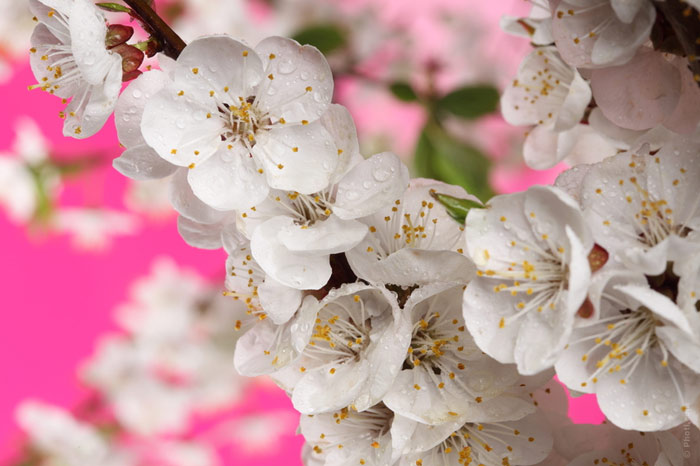As Nature awakens with buds, bloom and pollen in spring, more and more people are getting smitten with symptoms of seasonal allergies, also known as allergic rhinitis and hay fever. Poor sufferers are plagued with running noses, sneezing, poor congestion and what not. It’s very unnerving, but there are ways to fend off at least some of these consequences.

Avoid allergy threats
Here are some of the ways to avoid exposure to allergens, sources of your allergy symptoms:
- If you can choose when to go outside and when to stay indoors, opt to step outside after a heavy rain that has cleared the air, and stay in on dry days with the wind blowing about.
- Garden work and lawn mowing can be strong allergens, leave them to somebody else at this time of the year.
- When you come in, take off your street clothes and take a shower to make sure there’s no pollen on you.
- Since pollen will amass on wet laundry that you hung outside to dry, find ways to dry it indoors.
- Get a dust mask to wear it when you may be vulnerable.
- If pollen counts grow, take every precaution you can think of.
As the outside air gets loaded with pollen, take measures to diminish your exposure and thus take the edge off your allergic symptoms.
- There are forecasts and level information regarding pollen that you can get on TV, on the radio, in your local newspapers or on the Internet.
- If a high pollen count is predicted or announced, take your allergy medication without waiting for the symptoms to appear.
- On high pollen count days keep your house well locked up, don’t open windows for the night.
- Find means to clean the indoor air.
- Pollen counts are worst in early morning, don’t plan anything for that time of day.
Unfortunately, there’s no sure-fire means to get rid of all allergens in the indoor air, but you can minimize the content if you follow simple guidelines.
- Keep air conditioning on, both in the house and in the car.
- If your air conditioning is forced, make sure you’ve got high-efficiency filters and keep proper maintenance.
- Use a dehumidifier on the indoor air regularly.
- Install a portable high-efficiency particulate air (HEPA) filter, especially in the bedroom.
- Use a HEPA filter in your vacuum cleaner.
There are medicines that may be not included in your prescription, but they can alleviate the symptoms. They all are perfectly legitimate, to be bought at any drugstore.
- Oral antihistamines are good for keeping down sneezing and itching, keeping your nose and eyes dry, but they also can make you drowsy.
- Oral decongestants like pseudoephedrine (for example, Sudafed or Afrinol) can help keep your nose clean for a while, but keep in mind that, if used for a long time, decongestant sprays can aggravate symptoms.
- Cromolyn sodium nasal spray is very good for allergy symptoms and has no side effects to speak of. To make it more effective, use it without waiting for symptoms to manifest themselves.
- Combine some allergy medications like an antihistamine with a decongestant.
Remember to rinse the sinuses! Use distilled, sterile saline solution to remove nasal congestion. It is cheap, easy and very helpful, you get allergens out of your nose so effectively. To facilitate the process purchase a squeeze bottle or a special container with a spout called neti pot at the local pharmacy.










